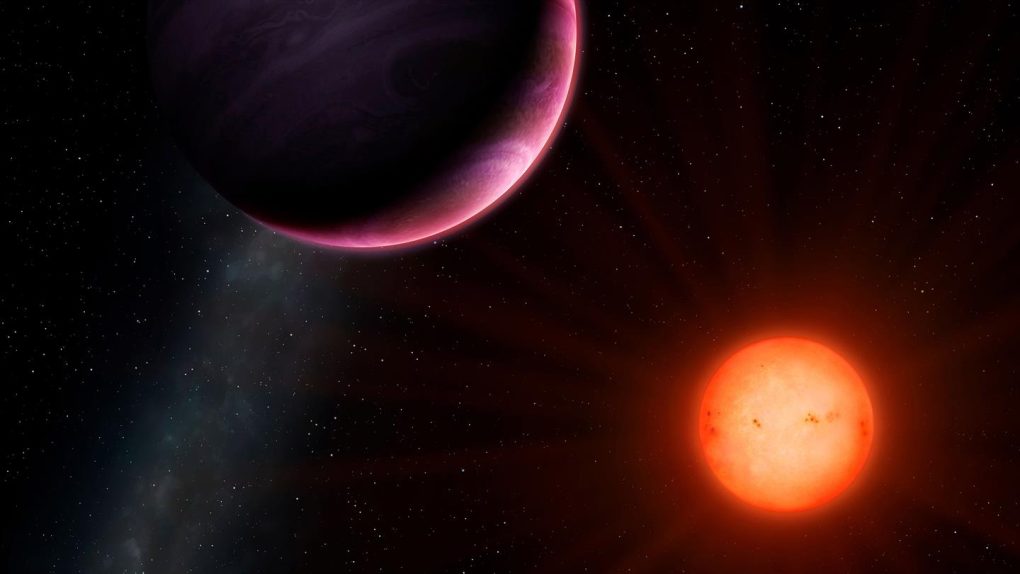Decades of science fiction movies, tv shows, and video games have led us to believe that when we spot another planet that has life we’re going to know it right away. It’ll look a lot like Earth, the movies tell us, and even if the colors are slightly different, there will be no mistaking it from a distance. Unfortunately for NASA, the reality is a whole lot more complicated.
In a new article, along with a handful of research papers, NASA asks the very important question of what exactly a life-supporting planet will look like from afar. As it turns out, detecting alien life on another planet is probably going to be a complicated, inexact science, even with the latest telescope technology.
“What does a living planet look like?” Mary Parenteau, a NASA astrobiologist and co-author of the research, asks. “We have to be open to the possibility that life may arise in many contexts in a galaxy with so many diverse worlds — perhaps with purple-colored life instead of the familiar green-dominated life forms on Earth, for example. That’s why we are considering a broad range of biosignatures.”
Those biosignatures would be easy to detect on a planet within our own Solar System, but for distant planets orbiting alien stars, things get a lot more tricky. In order to detect life on an exoplanet all we’ll really have to go on is the light we see bouncing off of it, and that means lots of guesswork.
The researchers argue that we’ll need to take many different potential biosignatures into account when observing far-off worlds. Abiotic processes — that is, natural processes that don’t require the presence of life, like a volcano or storms — can sometimes mimic the signs that we might associate with a “living” planet. Further complicating matters is the variety of star types that exoplanets orbit. Some of the cooler stars emit infrared light, making observation somewhat more difficult.
Ultimately, scientists will have to weigh all the evidence together when deciding whether a planet might be suitable for a long-term mission, but even if a planet is giving all the right clues, life could still evade us.
“We won’t have a ‘yes’ or ‘no’ answer to finding life elsewhere,”NASA’s Shawn Domagal-Goldman, an astrobiologist at NASA’s Goddard Space Flight Center, explains. “What we will have is a high level of confidence that a planet appears alive for reasons that can only be explained by the presence of life.”








